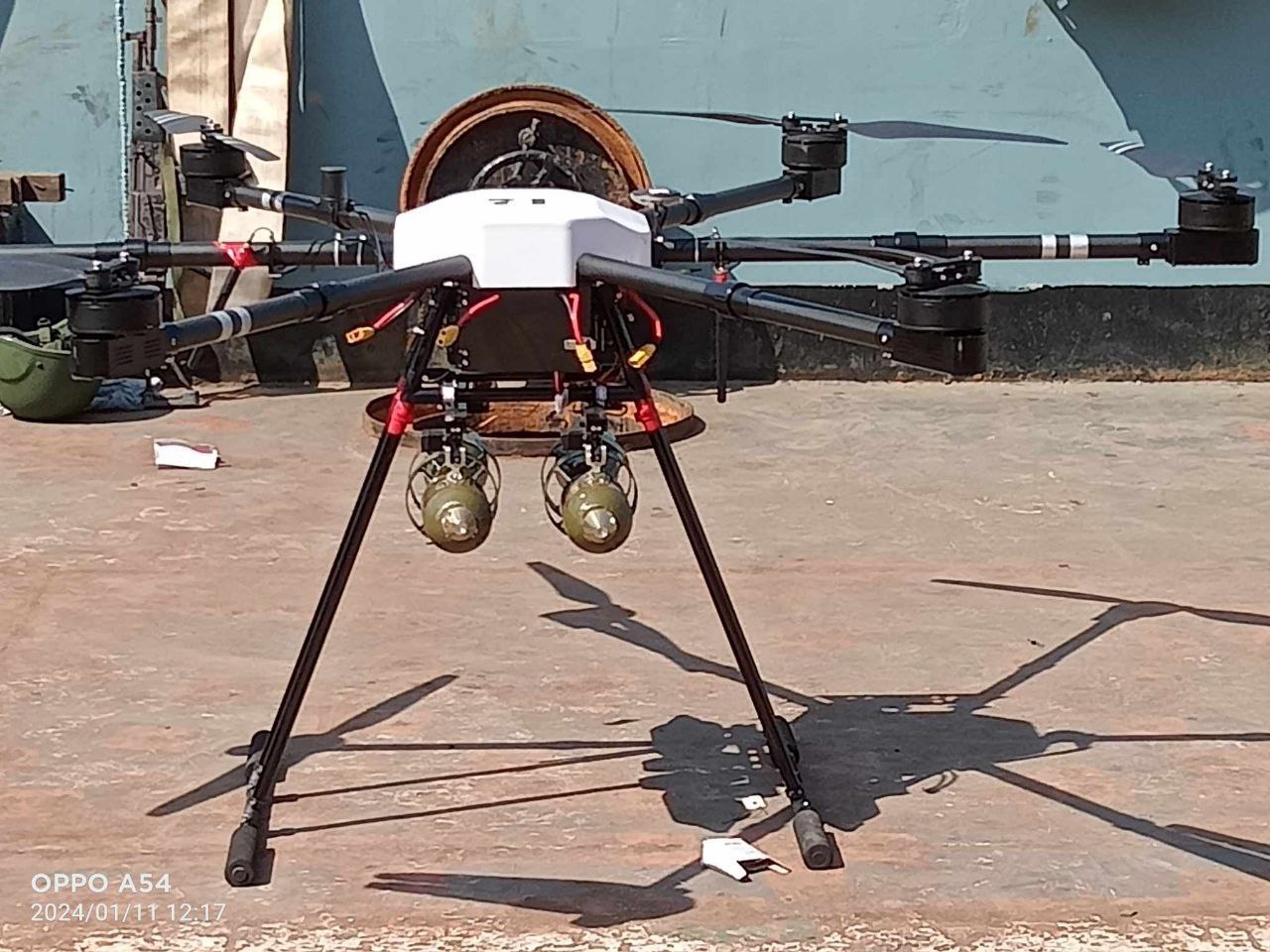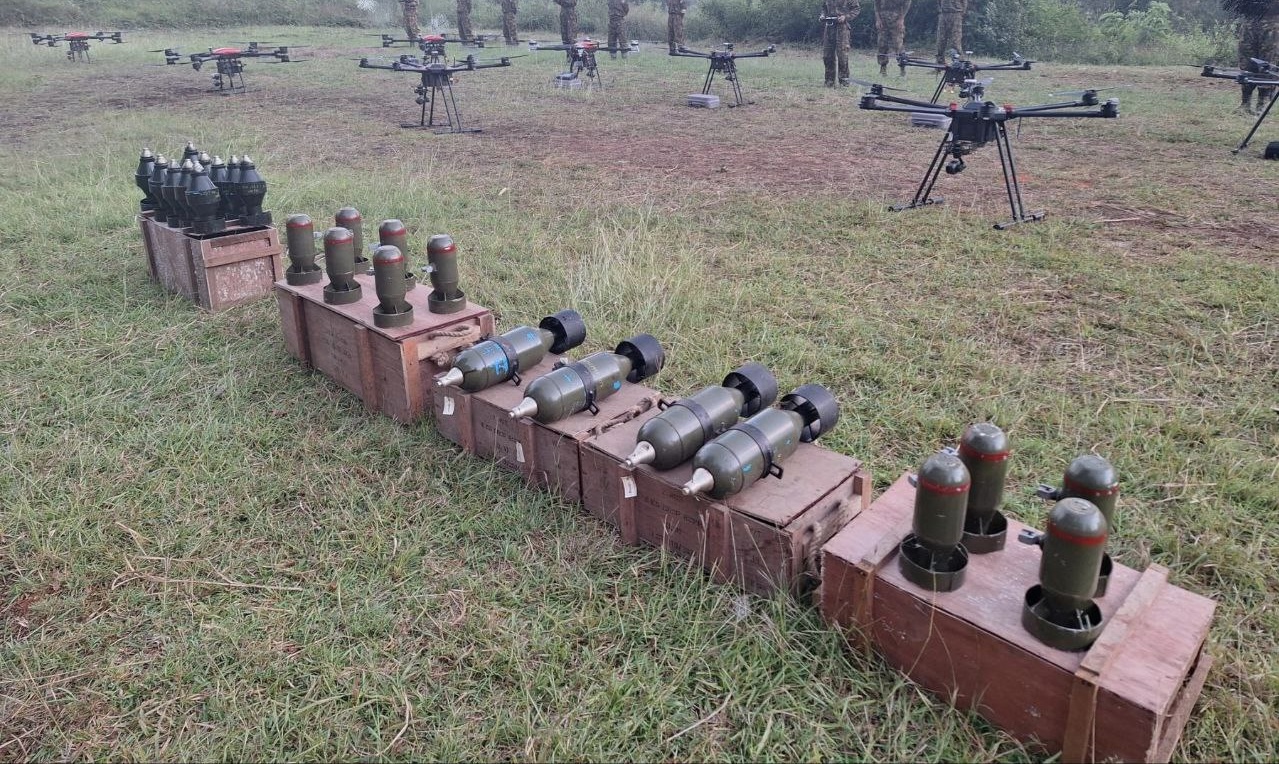
Variational Methods and Generative Adversarial Networks (GANs) are two prominent approaches in the field of generative modeling within artificial intelligence.
Both methods aim to create new data samples that resemble a given dataset but do so using different techniques and underlying principles. Here’s an overview of each approach:









### Variational Methods
Variational methods, particularly **Variational Autoencoders (VAEs)**, are a class of generative models that learn to represent data in a probabilistic framework. The main concepts include:
1. **Latent Variables**: VAEs introduce latent variables to capture the underlying structure of the data. These variables represent hidden factors that explain the observed data.
2. **Encoding and Decoding**:
– **Encoder**: A neural network (the encoder) compresses input data into a lower-dimensional latent space, producing a probability distribution (usually a Gaussian) over the latent variables.
– **Decoder**: Another neural network (the decoder) samples from this latent distribution to reconstruct the original data. The network aims to generate data points that are close to the original samples.
3. **Loss Function**: VAEs use a loss function composed of two parts:
– **Reconstruction Loss**: Measures how well the generated data matches the original data.
– **KL Divergence**: Measures how close the learned latent distribution is to a prior (often a standard Gaussian distribution). This ensures that the latent space is structured and allows for smooth sampling.
4. **Advantages**:
– **Interpretable Latent Space**: The latent space can be manipulated for generating variations of the data (e.g., interpolation).
– **Probabilistic Modeling**: Provides uncertainty estimates and allows for sampling new data points.
5. **Applications**: VAEs are used in image generation, semi-supervised learning, and tasks where having a smooth latent space is beneficial (e.g., generating variations of images).
### Generative Adversarial Networks (GANs)
GANs are another approach to generative modeling that uses a clever interplay between two neural networks: a generator and a discriminator. The main concepts include:
1. **Two Networks**:
– **Generator (G)**: Creates fake samples from random noise input, trying to make them as similar as possible to the real data.
– **Discriminator (D)**: Evaluates samples and distinguishes between real data and the generated (fake) data.
2. **Adversarial Training**: The training process is competitive:
– The generator aims to fool the discriminator into classifying its fake samples as real.
– The discriminator is trained to improve its ability to correctly identify real and fake examples.
3. **Loss Function**:
– The generator’s loss function is based on the outcome of the discriminator’s predictions, while the discriminator’s loss measures its ability to differentiate between real and fake data. Both networks improve iteratively, with the goal of reaching a point where the generator produces indistinguishable samples from the real data.
4. **Advantages**:
– **High-Quality Samples**: GANs can produce very high-fidelity images and have been used to create artwork, photorealistic images, and more.
– **Flexibility**: They can be adapted for various types of data (e.g., images, audio) and tasks.
5. **Challenges**:
– **Training Instability**: GANs can be difficult to train due to the opposing nature of the two networks, often leading to issues like mode collapse (where the generator produces a limited variety of outputs).
– **No Probabilistic Guarantees**: Unlike VAEs, GANs do not provide a straightforward way to compute probabilities, which may be necessary for certain applications.
6. **Applications**: GANs are extensively used in image generation, video synthesis, super-resolution, and style transfer. They have also found applications in tasks like data augmentation and even music generation.
### Summary
– **Variational Methods (VAEs)** focus on learning a structured latent space for probabilistic modeling and include interpretability, while **GANs** rely on adversarial training to create high-quality synthetic data.
– Both have their own strengths and weaknesses, and the choice of which to use often depends on the specific application and requirements of the task at hand.
If you have specific questions or would like to explore more about either method, feel free to ask!


Leave a Reply